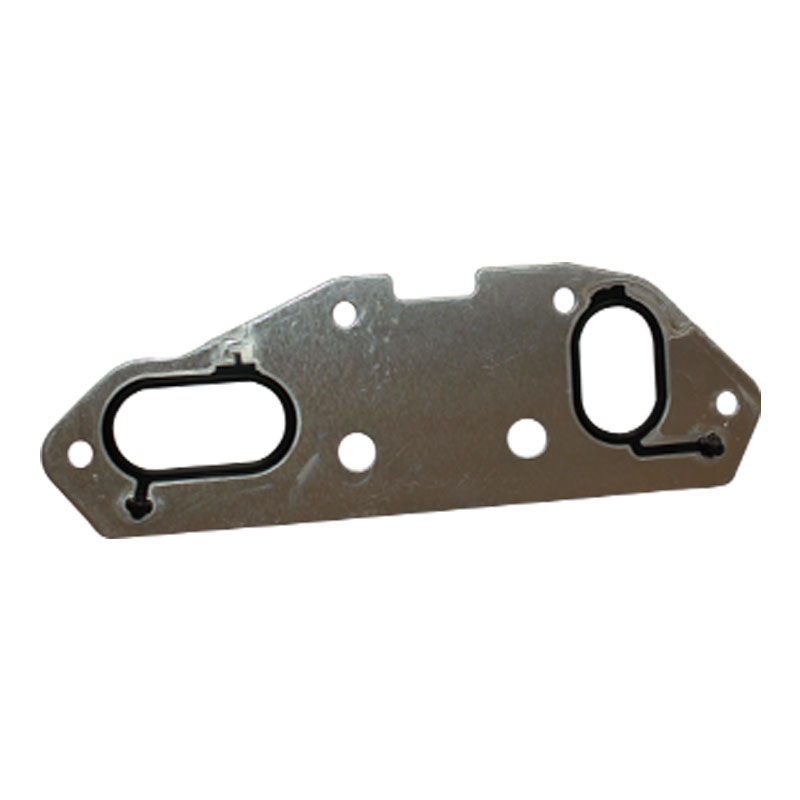Understanding Engine Crankshaft Seal Function and Maintenance for Optimal Performance
Understanding Engine Crankshaft Seals Importance, Function, and Maintenance
The engine crankshaft seal is an often-overlooked yet crucial component of an internal combustion engine. Its primary function is to prevent oil leakage from the engine, ensuring that the crankshaft operates smoothly and efficiently. This article delves into the importance of crankshaft seals, their working mechanisms, common issues related to them, and maintenance tips for vehicle owners.
What is a Crankshaft Seal?
The crankshaft seal, also known as the crankshaft oil seal, is typically made of rubber or a similar elastomeric material. It is seated at the front and/or rear of the crankshaft, forming a tight seal that prevents oil from leaking out of the engine. In addition to oil, crankshaft seals are also designed to keep dirt, debris, and other contaminants from entering the engine system, thus maintaining the integrity of engine components.
Importance of the Crankshaft Seal
The crankshaft plays a vital role in converting the linear motion of the pistons into rotational motion, which ultimately powers the vehicle. The crankshaft seal’s primary importance lies in sealing the engine oil and ensuring a proper lubrication function. Without an effective seal, oil can leak out, leading to several engine issues including
1. Oil Loss An obvious consequence of a malfunctioning crankshaft seal is the loss of engine oil. This can lead to insufficient lubrication, resulting in increased friction and wear on engine components.
2. Contamination If the seal fails, contaminants can find their way into the engine, potentially causing substantial damage and premature wear.
3. Overheating Insufficient lubrication can lead to overheating. If the engine overheats, it can result in catastrophic failure, necessitating expensive repairs.
4. Pollution Oil leaks contribute to environmental pollution. Maintaining a properly functioning crankshaft seal reduces the risk of oil spills that can harm the environment.
Common Issues
Crankshaft seals can deteriorate over time due to factors such as heat, engine vibrations, and exposure to oil and other fluids
. Common issues associated with crankshaft seals includeengine crankshaft seal

- Wear and Tear Over time, the rubber material can degrade, leading to cracks or breaks in the seal.
- Improper Installation If the crankshaft seal is not installed correctly, it can result in leaks, as the seal will not create adequate contact with the crankshaft.
- Contaminated Oil Dirty or degraded engine oil can deteriorate the seal material more rapidly, causing it to fail sooner than expected.
Maintenance Tips
Maintaining the crankshaft seal extends the longevity of your engine and ensures optimal performance. Here are several maintenance tips
1. Regular Oil Changes Keeping your engine oil clean and at the proper levels can significantly decrease the strain on the crankshaft seal. Follow your manufacturer's recommendations for oil change intervals.
2. Stay Alert for Leaks Regularly check for signs of oil leaks under your vehicle. If you notice any pooling of oil, have it inspected promptly.
3. Professional Inspections Have your vehicle regularly inspected by a qualified mechanic who can detect early signs of wear and potential issues with the crankshaft seal.
4. Timely Repairs If a seal replacement or repair is needed, address it immediately to prevent further damage to the engine.
Conclusion
The crankshaft seal plays an essential role in maintaining engine performance and efficiency. By understanding its function and keeping up with regular maintenance, vehicle owners can ensure a healthier engine, reduce the risk of costly repairs, and contribute to environmental conservation. Prioritizing the condition of your crankshaft seal can lead to a smoother ride and a longer lifespan for your vehicle.
-
Everything You Need to Know About Oil Pan Gaskets and Drain Plug Seals
News Aug.01,2025
-
Essential for Car Owners: How to Use a Car Repair Kit to Deal with Minor Breakdown
News Aug.01,2025
-
Comprehensive Guide to Engine Oil Sump Gaskets and Related Seals
News Aug.01,2025
-
The Ultimate Guide to Boat Propeller Bearings and Trailer Wheel Bearings
News Jul.31,2025
-
The Essential Guide to Marine Bearings and Boat Trailer Wheel Bearings
News Jul.31,2025
-
The Complete Guide to Heavy Duty Seals: Protecting Doors and Spaces Efficiently
News Jul.31,2025
-
Essential Guide to Marine Shaft Bearings and Boat Trailer Axle Bearings
News Jul.31,2025
Products categories















